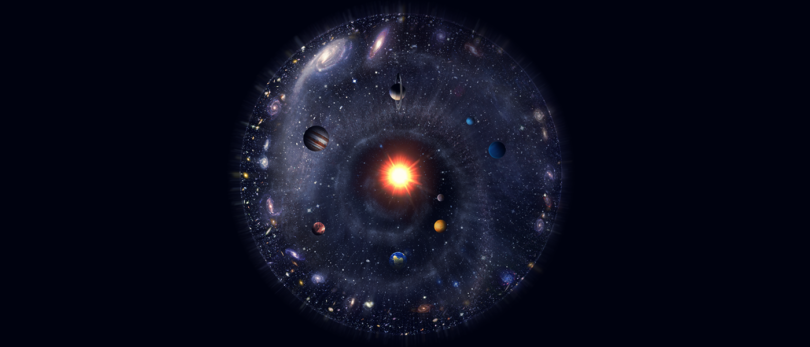From Futurism.com”
It turns out the observable universe has at least 10 times more galaxies than the mid 1990s Hubble Deep Field images count of about 100 to 200 billion.
The development of more advanced space telescopes in the future could unveil even more of the observable universe.
It turns out, what we call the observable universe — the part visible within our cosmological horizon, A.K.A. the final frontier — has at least 10 times more galaxies than the mid 1990s Hubble Deep Field images count of about 100 to 200 billion.
Using collected data from various deep space images from the Hubble Space Telescope and other sources, an international team of scientists led by Christopher Conselice from the University of Nottingham, UK, created a 3D map of the known universe. Mathematical models were used to calculate for galaxies current telescopes cannot yet observe. These showed that, to make sense of the numbers and the maps, about 90% of galaxies are far, far away and too faint to be seen clearly.
The map recreates, as accurately as possible, different times in the universe’s history as far back as 13 billion years in its past. Accordingly, when the universe was several billion years younger than today, it contained 10 more galaxies per unit volume. Galaxies decrease in number (and increase in size) as the billion years go by. “This gives us a verification of the so-called top-down formation of structure in the universe,” Conselice explains.
This helps answer Olbers’ Paradox (why the night sky remains dark, despite the many stars). The myriad of stars within the billions of galaxies invisible to the human eye because of redshifting of light, the universe’s dynamic nature, and intergalactic dust and gas absorbing light. This keeps the night sky mostly dark — keeping the night sky mostly dark.
”
More at Futurism.com:
http://futurism.com/the-universe-is-far-bigger-than-we-thought-and-it-has-10x-more-galaxies/







